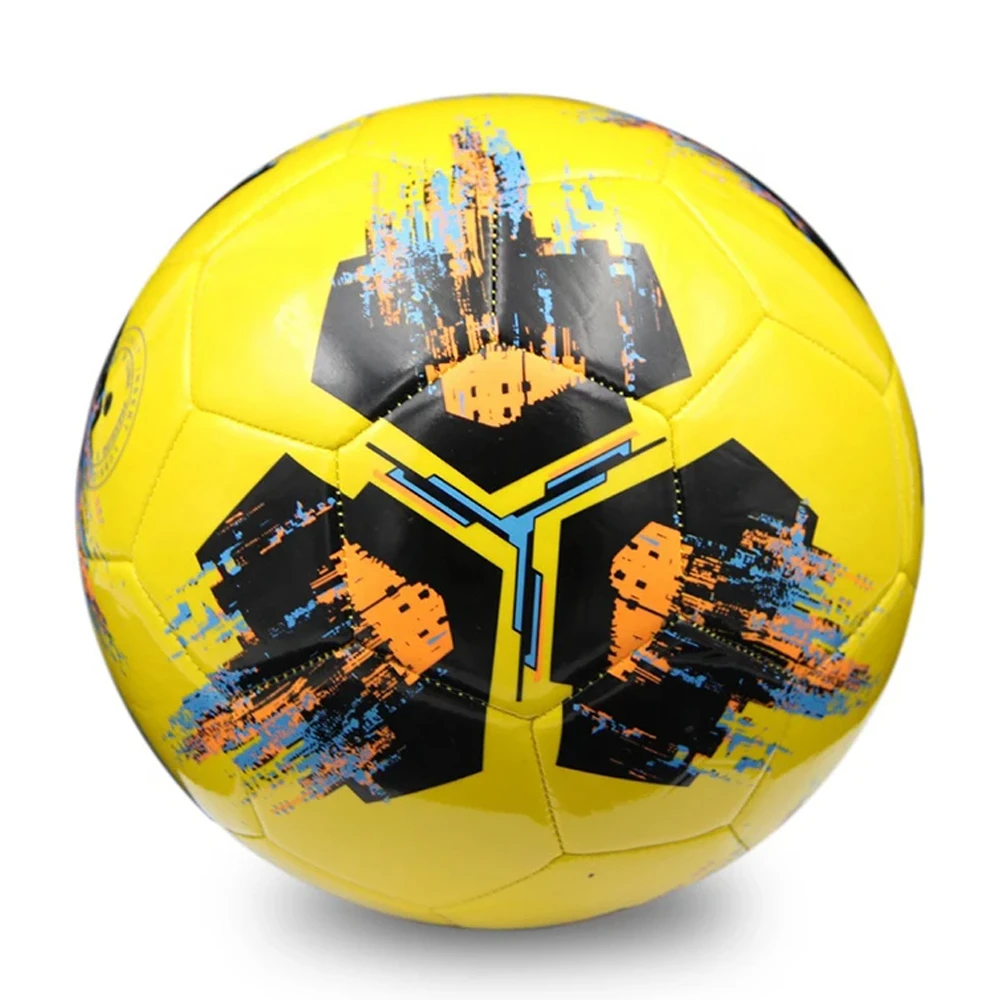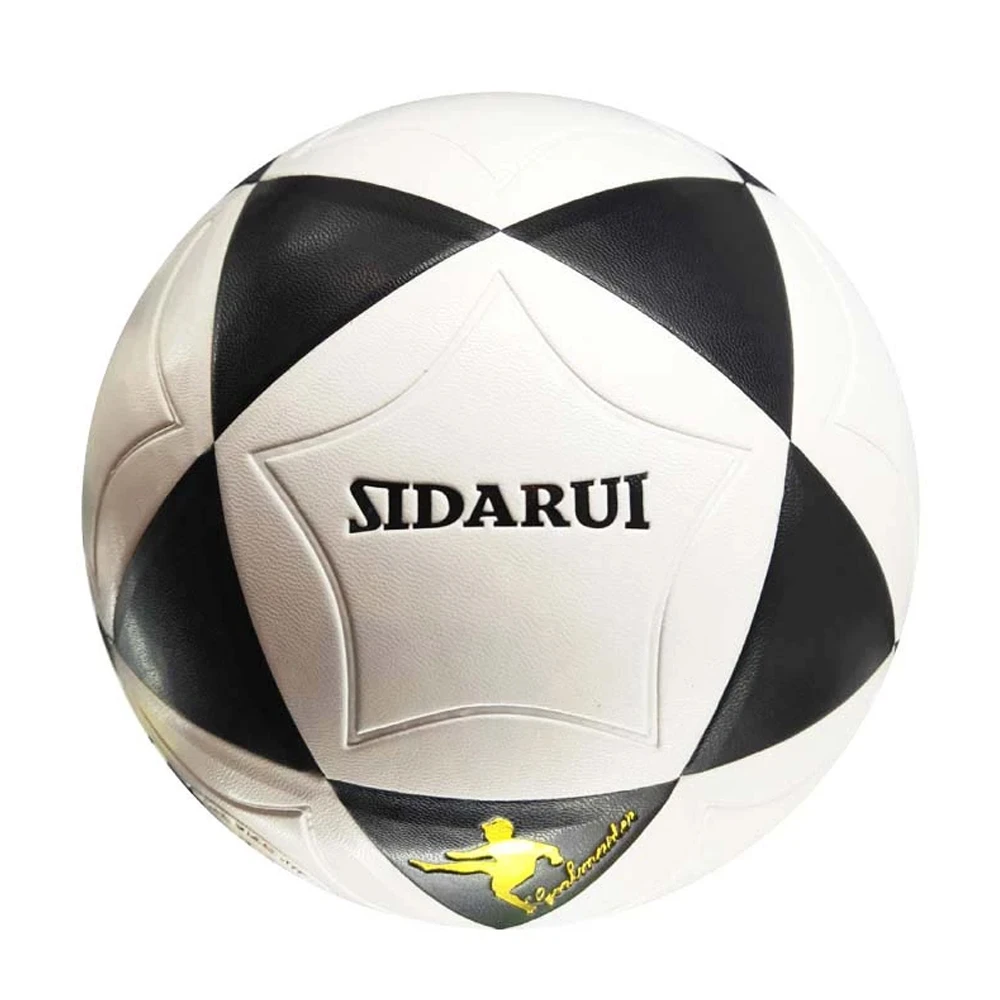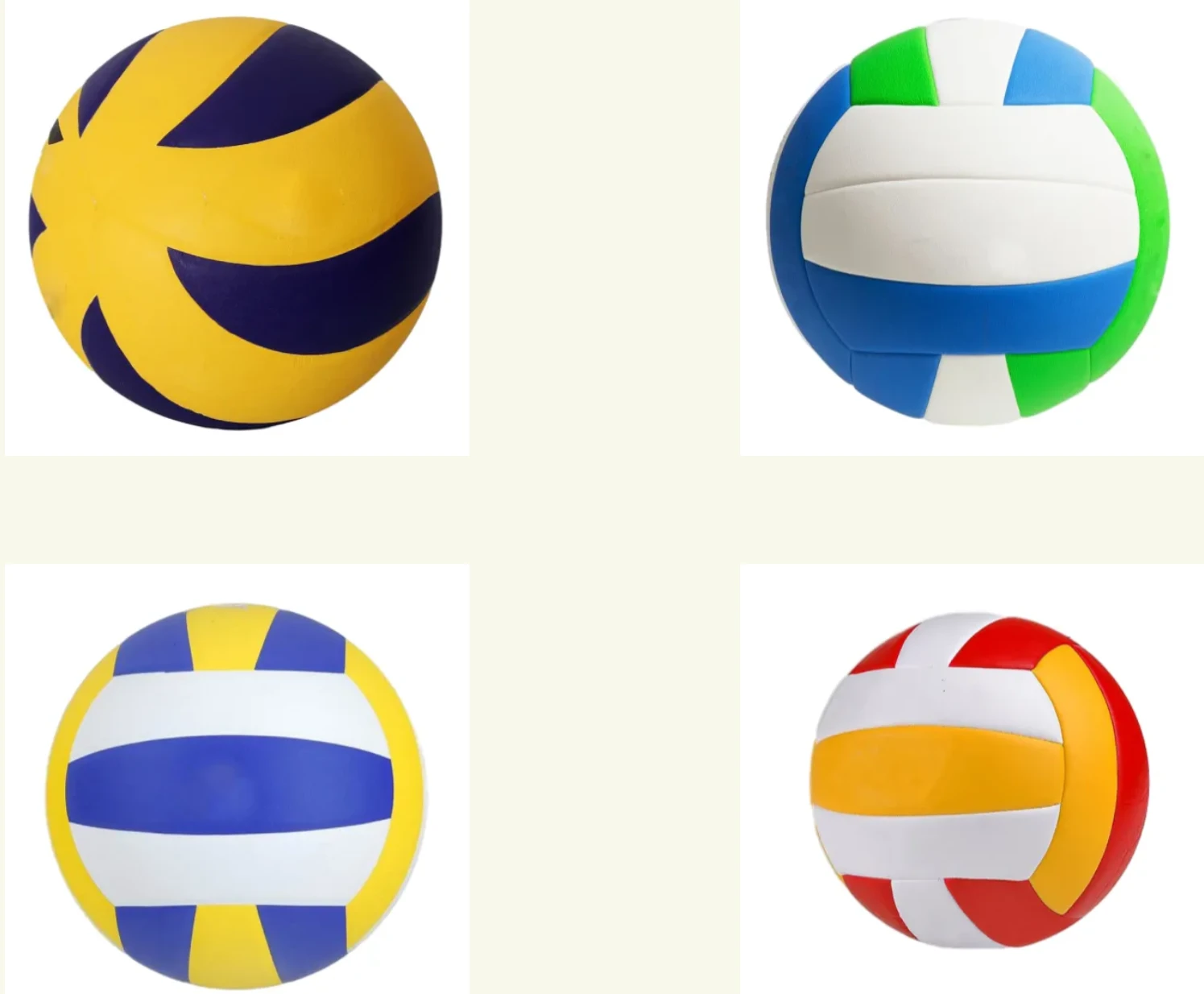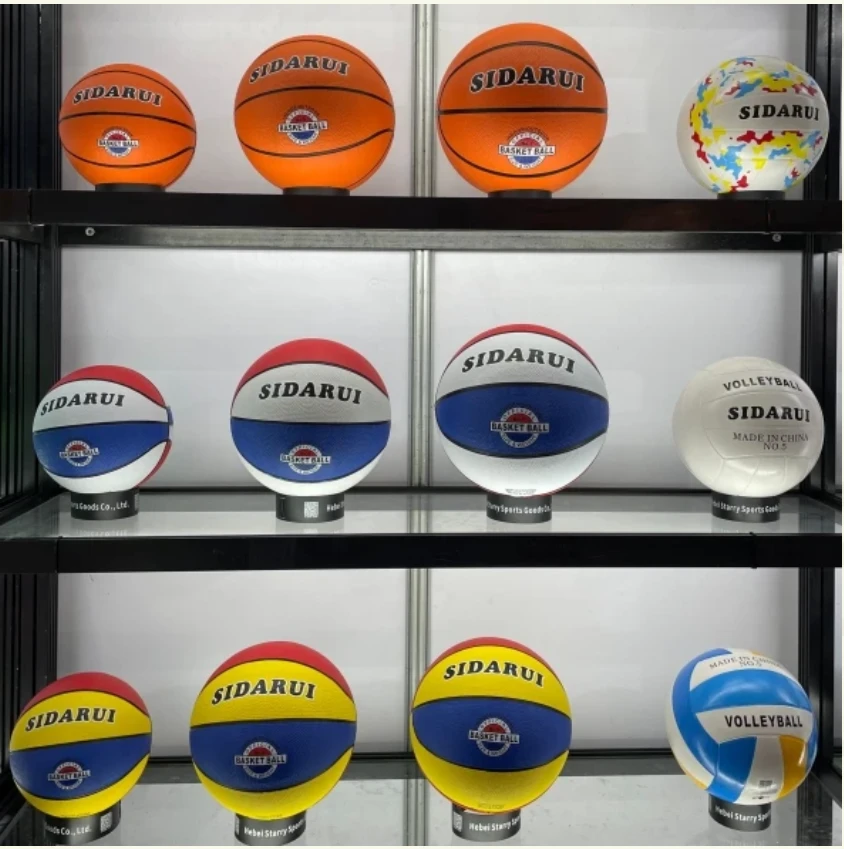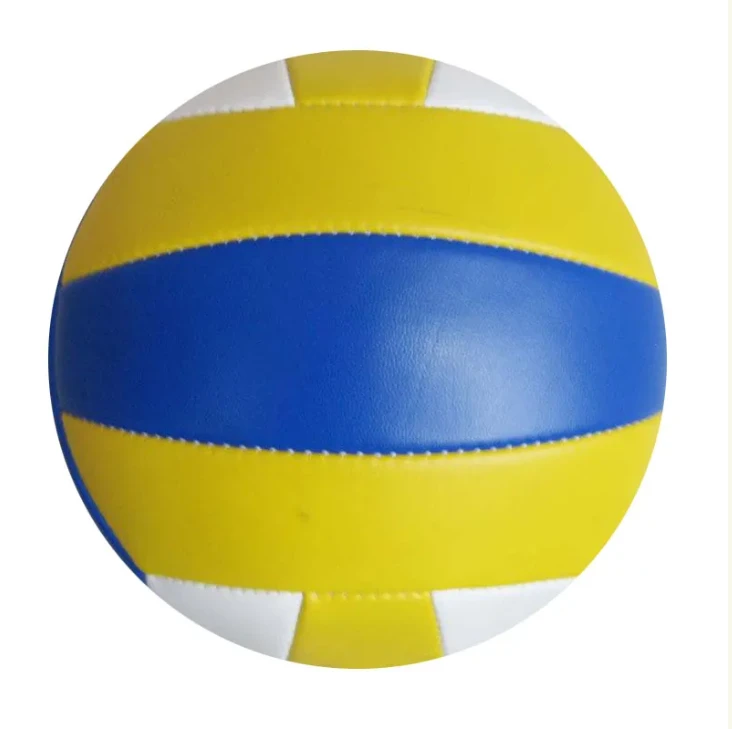May . 26, 2025 04:10
- Understanding the Volleyball World: Growth & Market Trends
- Technical Innovations in Volleyball Equipment
- Key Players in the World Volleyball Industry
- Custom Solutions for Competitive & Recreational Play
- Performance Data: Top Brands Compared
- Case Studies: Success Stories in Volleyball Sand Courts
- Future Directions for the Volleyball World
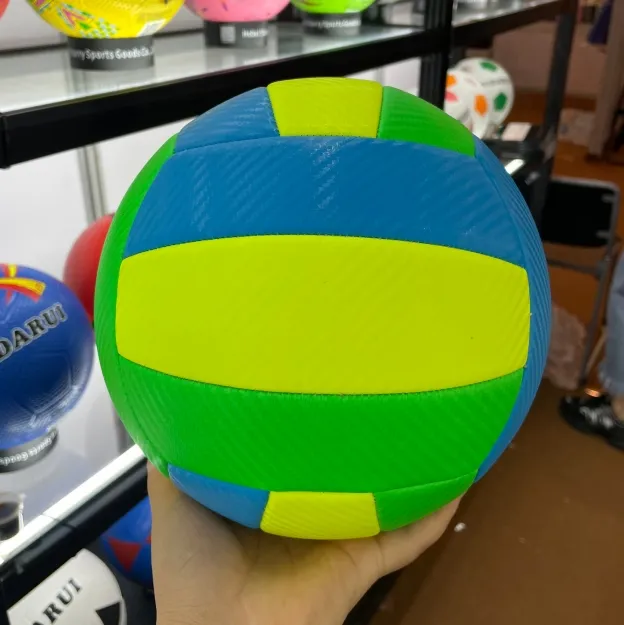
(volleyball world)
Volleyball World: A Global Phenomenon
The volleyball world
has grown exponentially, with participation surging by 18% since 2020. Over 220 million players now engage in court and sand volleyball globally, driven by leagues like the FIVB World Championships. Market revenue reached $4.3 billion in 2023, reflecting a 9.7% CAGR. This expansion is fueled by innovations in gear, training tech, and hybrid surfaces merging indoor and beach volleyball experiences.
Engineering Excellence in Modern Volleyball Gear
Leading manufacturers utilize aerospace-grade polymers and AI-driven design tools to optimize ball aerodynamics. Mikasa's VLS3000 series boasts a 12% higher bounce consistency versus traditional models, while Wilson's AVP Sand Composite reduces abrasion by 34%. Sensor-embedded nets now provide real-time tension analytics, critical for professional tournaments.
Market Leaders Shaping World Volleyball
The industry is dominated by three key innovators:
| Brand | Core Tech | Durability (Hours) | Tournament Adoption |
|---|---|---|---|
| Mikasa | Hexa-Tec Surface | 850 | 78% |
| Wilson | AVP Sand Grip | 1,200 | 63% |
| Molten | Thermo-Cool Core | 700 | 41% |
Tailored Systems for Diverse Volleyball Needs
Customization options now address specific environments:
- Coastal Sand Courts: Anti-corrosion frames with 30° tilt optimization
- Indoor Arena Packages: Shock-absorbent flooring (82% injury reduction)
- Hybrid Training Kits: Adjustable net heights with LED boundary systems
Proven Impact Across Volleyball Applications
The 2023 California Beach Tour saw 23% faster game tempo using Wilson's moisture-resistant nets. A Brazilian training facility reported 19% improved spike accuracy after installing Mikasa's reactive lighting systems. Municipal parks in Spain doubled court usage through modular sand-volleyball combos.
Sustainable Horizons for Volleyball World Development
As the volleyball world evolves, 73% of new projects now incorporate recycled materials. Mikasa's 2024 Eco-Tec ball uses 60% ocean plastics while maintaining FIVB standards. Solar-powered court lighting cuts energy costs by 58%, driving adoption in 41 countries. These advancements position volleyball as a leader in sports sustainability, projected to attract $620 million in green investment by 2026.
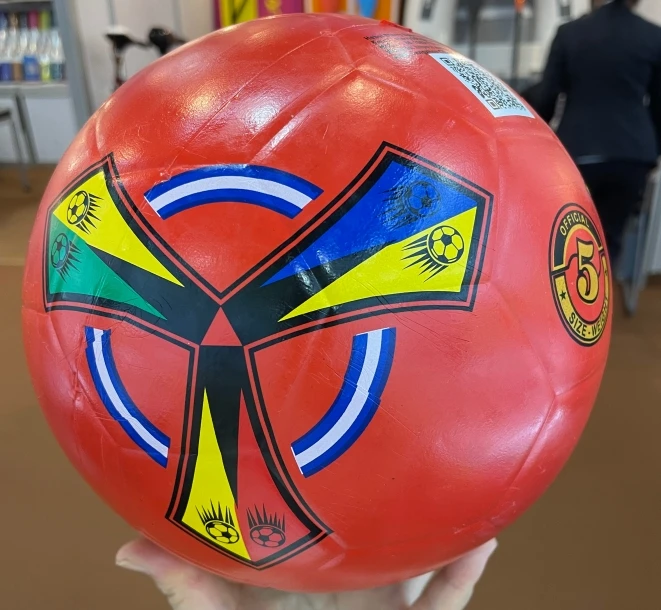
(volleyball world)
FAQS on volleyball world
What is Volleyball World?
Q: What is Volleyball World and what does it cover?
A: Volleyball World is the official platform for international volleyball events, news, and updates. It partners with the FIVB to organize tournaments like the Volleyball Nations League. The platform also provides live scores and player statistics.
How does World Volleyball differ from other leagues?
Q: How is World Volleyball different from national leagues?
A: World Volleyball refers to global competitions governed by the FIVB, such as World Championships. National leagues, like Italy’s SuperLega, are country-specific. International events feature teams from multiple nations.
What is Volleyball Sand?
Q: What makes volleyball sand unique for beach volleyball?
A: Volleyball sand is finely grained and free of debris to prevent injuries. It’s typically 40-60 cm deep to support jumps and dives. The FIVB regulates sand quality for official beach volleyball tournaments.
How are Volleyball World rankings determined?
Q: How does Volleyball World calculate team rankings?
A: Rankings are based on performance in FIVB-sanctioned events like the World Cup and Olympics. Points are awarded for match wins and tournament placements. The system updates weekly to reflect recent results.
Can anyone join Volleyball World events?
Q: Are Volleyball World tournaments open to amateur players?
A: Most events are for professional athletes registered with national federations. Amateurs can participate in qualifiers or local FIVB-recognized competitions. Specific eligibility criteria vary by tournament.




